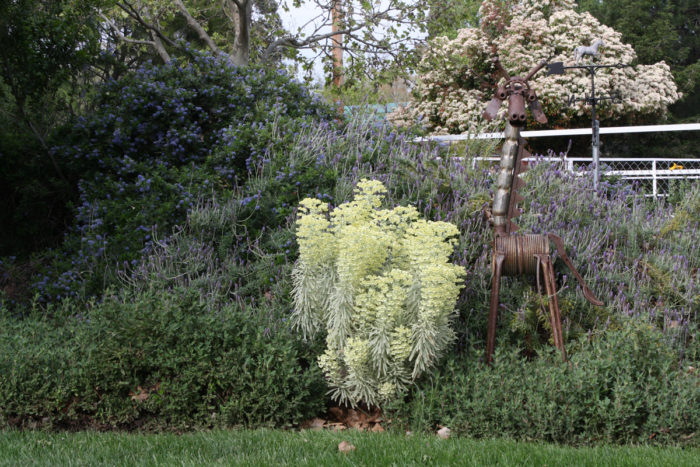
Photo/Illustration: Courtesy of Dan Koellen
Today’s photos are from Dan Koellen in Roseville, California. Dan says, “We live on three acres with our three horses, using two of the acres for pastures, arena, and barn. I have lived here for almost fourteen years, moving in after I married my wife, who built the house about twenty years ago. After moving in I started to work with the ‘contractor basic’ landscape to add more interesting plants, reduce water needs, and add fun.

Photo/Illustration: Courtesy of Dan Koellen
“In the Sacramento area the summers are very hot and dry with no rain and highs in 100s being very common. This can be a challenge in building a garden but I have enjoyed finding plants that will endure, and hopefully prosper, in those conditions.
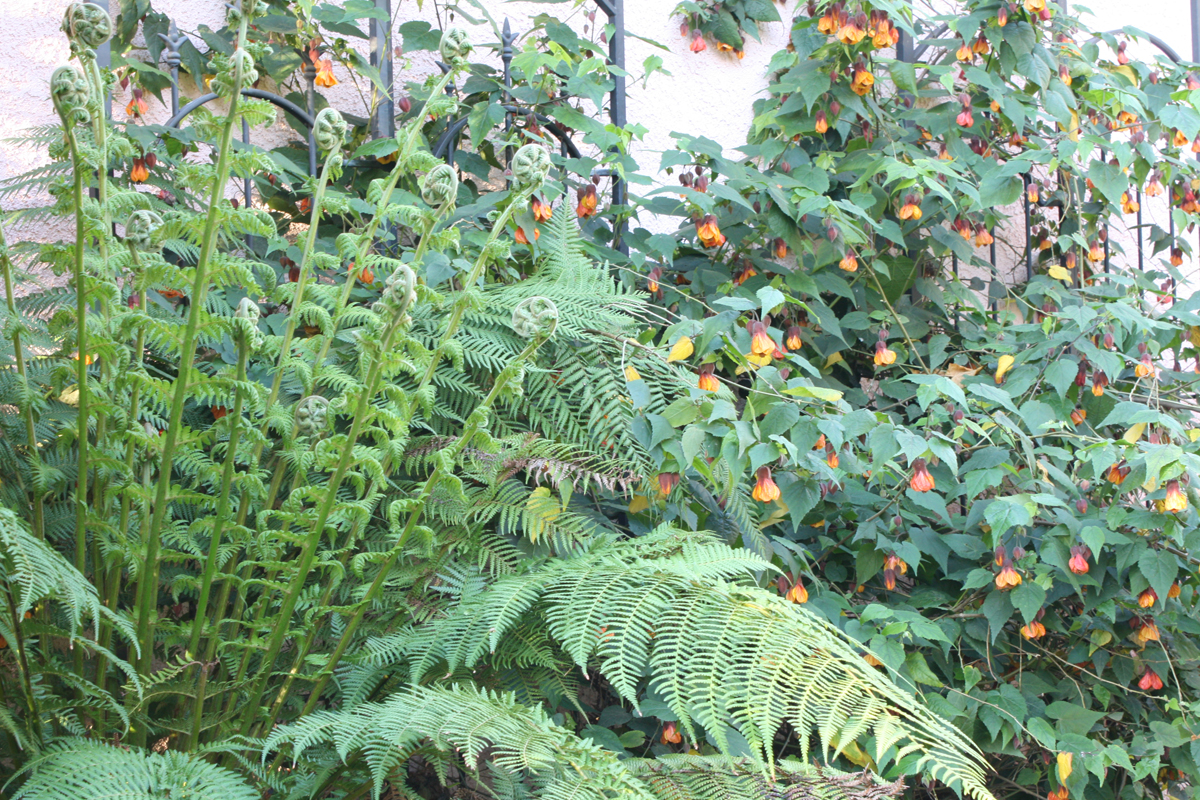
Photo/Illustration: Courtesy of Dan Koellen
“Working on the garden for this long of a period gave me a chance to witness the evolution of a garden: full sun areas that are now in shade much of the day; plants that work well and those that don’t; and understanding the different microclimates in the garden. I am amazed how well plants adapt to changing conditions, plants that should be in full sun often adapt well to shade when the change from sun to shade is gradual over a decade due to the growth of overstory trees.
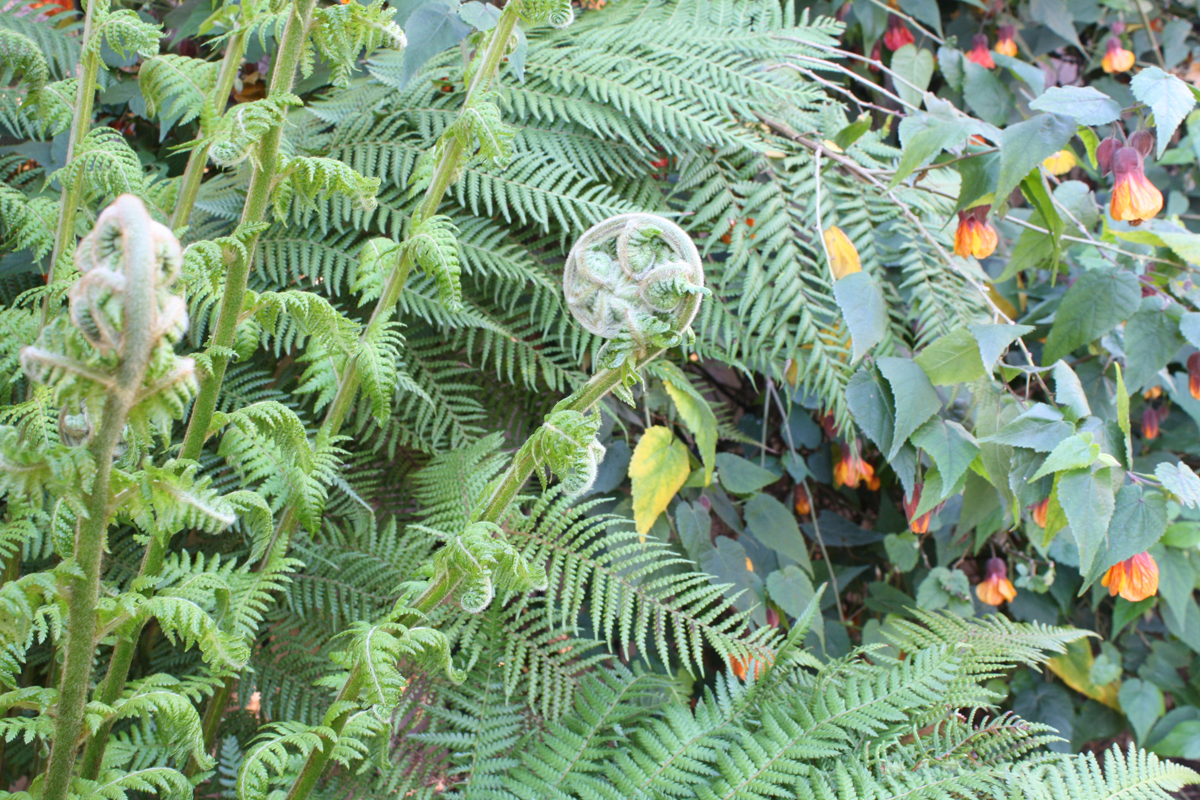
“Though many of our neighbors grow citrus, nut, and other fruit trees and have large vegetable gardens I have not indulged. I focus on trees, shrubs, and perennials, though last year I started growing beer hops. The signature of my garden is my animal topiaries; though enjoyed by all they require a lot of time due to frequent ‘haircuts’ needed during the warm weather growing seasons.
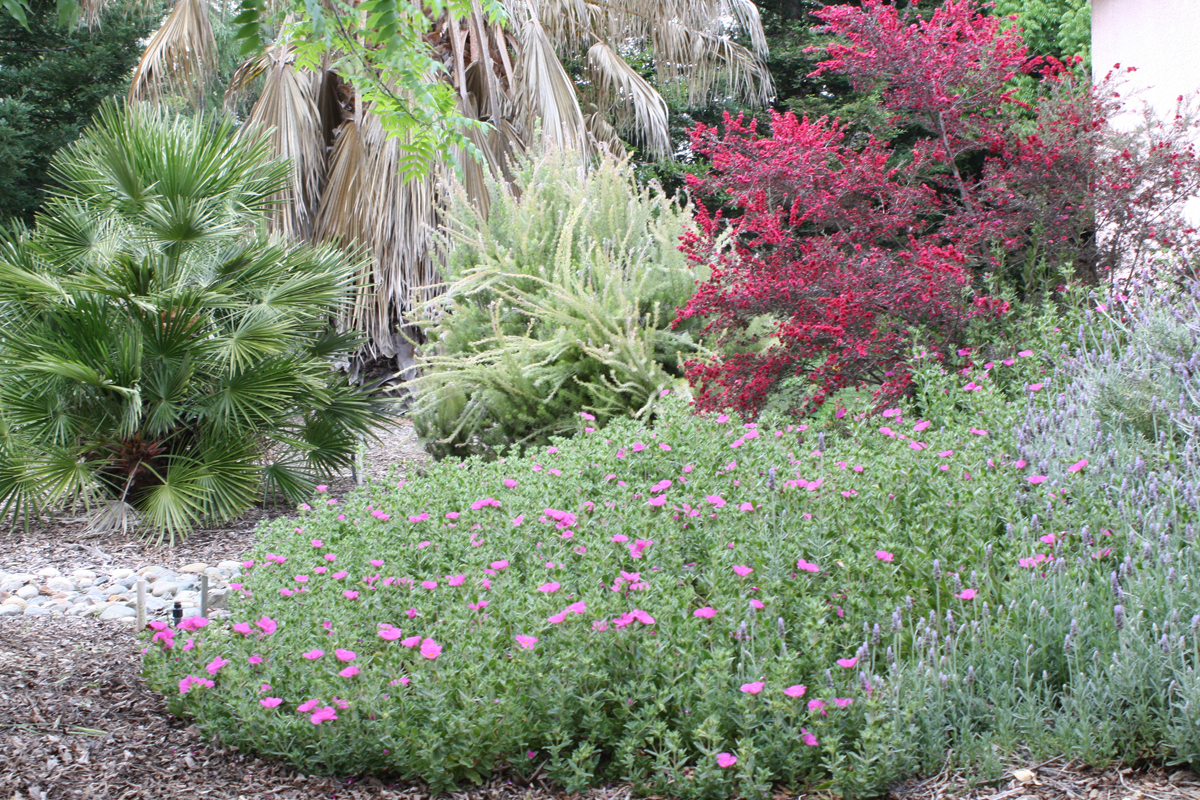
Photo/Illustration: Courtesy of Dan Koellen
“The last few years I have focused on learning about and implementing optimized water delivery to plants, using plants with low water needs, and utilizing California natives in the garden. I am continuing to pursue this line of gardening.”
So cool, Dan! I especially love, love, love the Loch Ness topiary in the last photo! And we need to know more about the sculpture in the first photo, please…
**Check out the captions on each photo for more info**
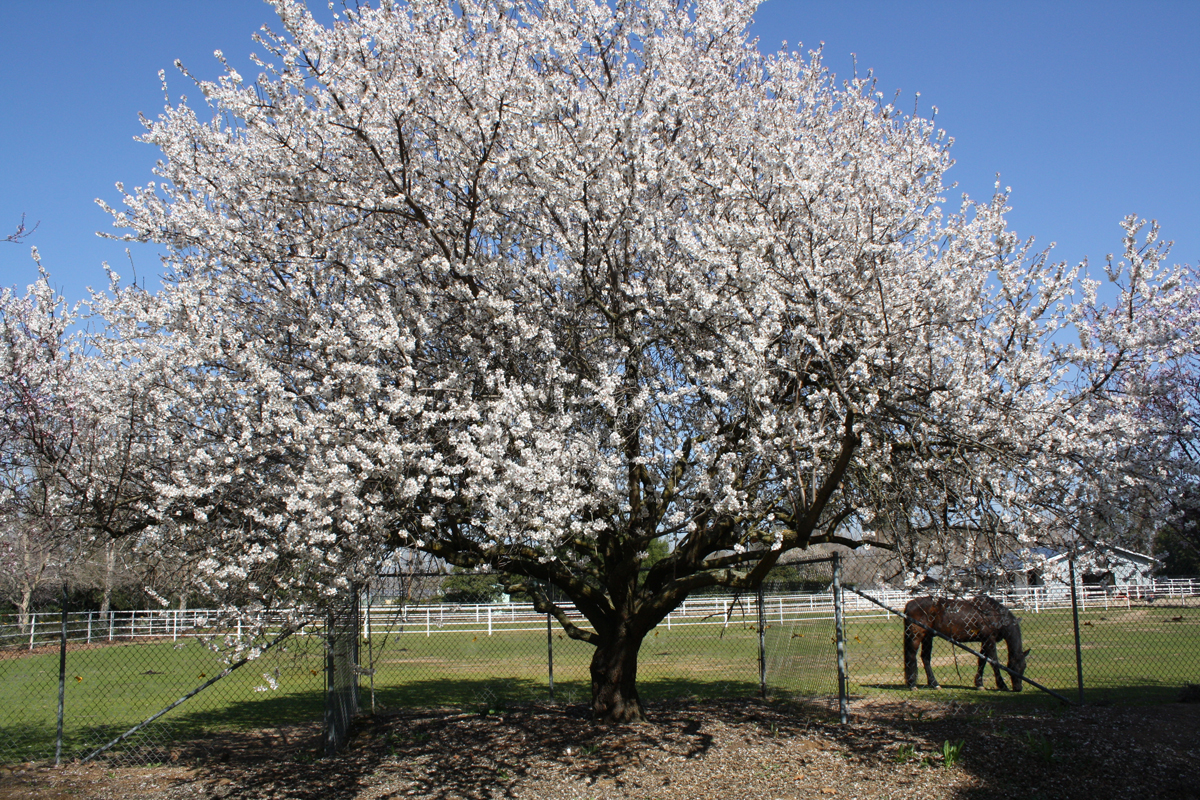
Photo/Illustration: Courtesy of Dan Koellen

Photo/Illustration: Courtesy of Dan Koellen
*****HEADS UP: CALL FOR TIPS!*****
We’re in the middle of assembling gardening tips for the Tips column in the November/December issue, and we are seriously short. You guys have any tricks or timesaving tips for late fall or winter? Like, tips for overwintering tender plants, keeping houseplants happy in a dry house, planning for spring, documenting the past season, keeping your gardening urges satisfied in the middle of winter, cleaning up the garden during the down-season, storing tools neatly, mulching, planting bulbs, drying flowers, etc.? Write them up and email them to me at [email protected] within the next week or so (the sooner the better….). If we publish yours, we’ll pay you $25, and if you’re chosen as best tip for the issue, you’ll also receive a free one-year subscription to Fine Gardening. Thanks!
Want us to feature YOUR garden in the Garden Photo of the Day? CLICK HERE!
Want to see every post ever published? CLICK HERE!
**Check out the GPOD Pinterest page, where you can browse all the posts in categories…fun! CLICK HERE!**


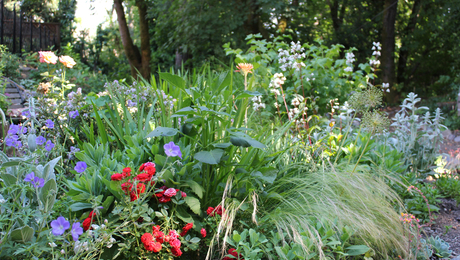














Comments
I especially appreciate the photographers who, like Dan, identify the plants in their photos. I'm sure it takes time to do this, but please know that I have learned a lot about plants-- and what goes together-- from these descriptions. Thanks!
What a wonderfully informative tutorial you have given us, Dan with your very thorough plant identification info. I was not familiar with some of the plants that seem to thrive in your heat and dryness.
Love the Tasmanian tree fern. How large does it get?
I also appreciate that you have taken the time to identify the plants in the photo. What a great way to start the day before I'm out in the garden!
Oh my, Michelle saved the best for the last day of the week. I enjoy the naturalness of Dan's plantings much more than the soldiered plant nursery look that most seem to like. His "Nessie" is fabulous. That purple leaf plum looks a lot older than fourteen years, looks more like forty years, probably more. Everything looks perfect, the only improvement I'd suggest is that Dan gets a better camera so his pictures will be sharper, without all that fuzzyness... with it being right in the foreground should have been able to see each blossom on that plum clear and crisp. I appreciate all Dan's hard work.
Nessie is terrific! Good job done with a lot of passion. Looking forward to more photos in the fall!!
Love Nessie! You really have some nice planting and I really like how you've given us names.
your garden is simple and terrific, i'm also waiting for my crocrosmia to bloom.
is the abutilon sun or shade ? this would be a good addition to my garden down the way from you in fresno.
thanks !
Such a special place you have created----and great photography! Do you know the name of your Abutilon? I am sure it is the one I lost a year ago and can't find my tag. It is my fav and I would love to find another. I too, very much appreciate knowing the names of plants (maybe this is one you have lost a tag also :) Thanks.
Hello there neighbor, I live in Granite Bay!! Sorry to comment so late, I'm behind with my email. Love the natural look of your plantings. I'm also experimenting with California natives and the Salvias are my favorites. Try the orange Sticky Monkey Flower, a great evergreen for areas that get no summer water. I've been holding off on Crocosmia because I read they are too invasive - are they in Roseville? BTW, on Mother's Day is a great Garden tour by the Master Gardeners (Green Acres sells tickets), I've gone to it the last 3 years and always enjoyed it. This year it focuses on the Auburn/Meadow Vista area.
Thank you everyone for your kind comments, let me try to answer the questions.
@meander1: I have seen Tasmanian Tree Ferns 20 feet or more tall but in my case the tree is only about 6 feet tall after twelve years. Though located on the north side of my garage, my climate is tough for it with it getting freeze damage each winter and burnt edges from the hot sun in the summer.
@tractor1: you are very observant about the photos especially the crispness of the plum blossoms. I purposely overexposed the plum blossoms so the details of 'Nessie' could be seen. You have a very keen eye, well done!
@dadeo1: you definitely want to give the abutilon some afternoon shade in Fresno, my abutilons are east facing or, as in the photo, on the north side of my garage so it gets early morning and early evening sun.
@nanzone8: The abutilon in the photo I bought without a tag on a chance that it would work. It has done great but I don't the exact type!
@karinCa: Hi neighbor, thank you for tip about the Sticky Monkey Flower. The crocosmia will spread but I don't think they are invasive, just be sure to have some extra room for them.
Keep Gardening!
Dan
Log in or create an account to post a comment.
Sign up Log in